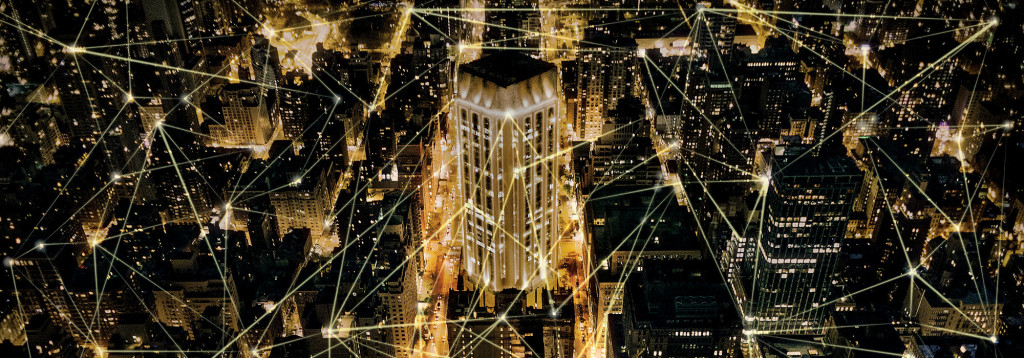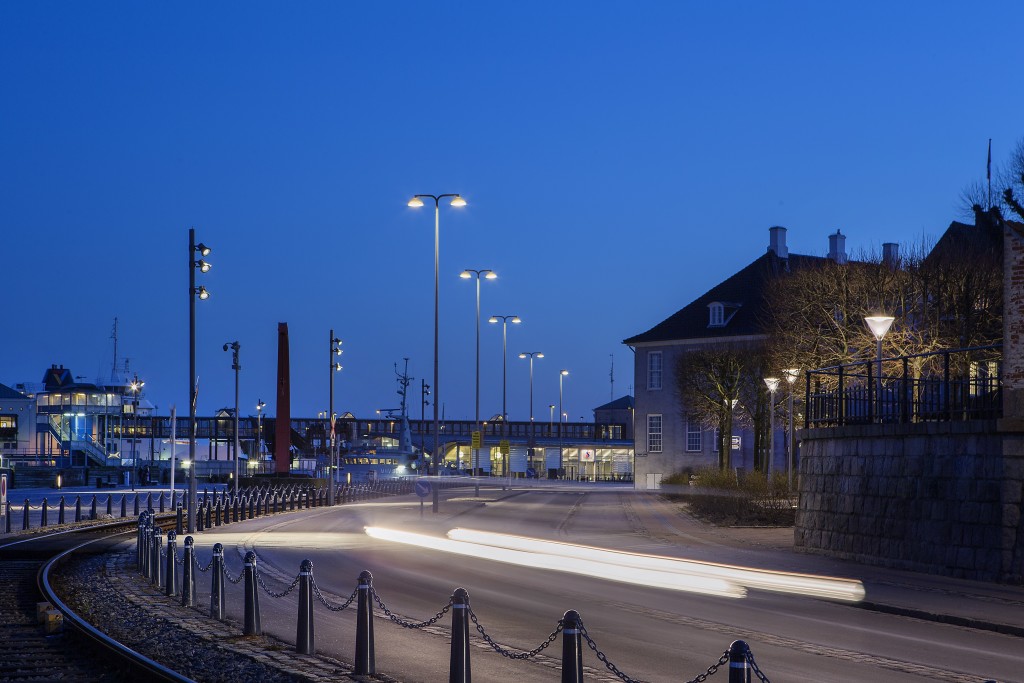Philips is taking light beyond illumination, with its connected systems.
Philips has been revolutionizing lighting for over 125 years. They pioneered the world changing development of electric light and LED, and are now leading the way in intelligent lighting systems. Both in public spaces, buildings and homes.
We asked Anne-Cathrine Tjørnehøj, PR Manager at Philips Lighting Nordic, to give us their unique perspective on the industry’s current development.
“We truly believe in innovation – and have always done so – but we also believe in partnerships. We must work together with other innovative companies to stay at the forefront of the development to be able to offer the best solutions to our customers,” says Anne-Cathrine Tjørnehøj.
Philips is a major player in the global lighting industry, but the industry as a whole is more fragmented than ever – how do Philips position itself towards its clients to stand out?
“As Philips Lighting, we are leading the ongoing development of connected lighting systems and services. By leveraging the Internet of Things, we want to transform buildings, urban places and homes. We want to increase energy efficiency, and manage working environments in a more environmentally friendly way. We want to make cities safer and more responsive and we want to create experiences at home like never before.”
What is the industry’s biggest challenge over the next 5 years, and how does this affect Philips?
“The transformation from simple lighting products to connected lighting and intelligent solutions is a big challenge. This transformation requires a lot of new capabilities from both employees but also from the customers – since the development of connected lighting is developed so rapidly. We will also see a shift in the way lighting is sold – Lighting as a Service (LaaS) – gives us the possibility to manage everything for the customer and to embrace circular economy. You can see this solution implemented in Schiphol airport in the Netherlands.”
“ If we look a bit further out in the future the world population is expected to grow to 8.5 billion by 2030 and 11.2 billion by 2100, and by 2030, urban population will be 4.5 billion – and the number of light points will increase as well. This means that the world need more light and especially more energy efficient lighting. And I believe this is where the industry and Philips Lighting can really make difference as lighting currently consumes 15% of the world’s electricity and this can be reduced to 8% by 2030 if we continue the switch to LED and connected lighting.”
The life cycle of LED is a topic that will become increasingly urgent as cities replace old light sources with LED; how is Philips working to ensure sustainability across its production process?
“As mentioned before – the climate change, the increase in global population and the need for more resources – makes it so important to focus on sustainability and to act now.
Philips Lighting recently launched our new Sustainability program as a stand-alone company after the separation from Royal Philips. In this program we promise that sustainable products, systems and services will contribute 80% of our revenues by 2020. We also commit to being 100% carbon neutral in 2020 and to use 100% renewable electricity by 2020. At Philips Lighting we want to unlock the extraordinary potential of light for brighter lives and a better world.”
“In June 2016, as a founding member of the UN’s Clean Energy Ministerial Global Lighting Challenge, we committed to selling more than 2 billion energy efficient LED light points by 2020 to help reduce global energy demand. Accomplishing this goal will translate to: energy savings of €12 billion; switching off 60 medium-sized power stations; or taking 20 million cars off the road.”
Designer Knud Holscher’s luminaire UrbanMoon, with its CityTouch software, in Helsingør’s harbour area.
Can you say a few words about a recent project in the region?
“In Helsingør in the area around Kulturværftet and Søfartsmuseet we recently installed our new luminaire UrbanMoon with CityTouch software. The new street lighting is a nice touch to the new harbour and it enhances the comfort and safety for many people in the area. UrbanMoon is a classy luminaire in Danish design by Knud Holscher and looks beautiful both during day and night.”
“Helsingør is testing the CityTouch software which makes it possible to dim, control and monitor the street lighting from a computer. The new lighting also helps Helsingør save around 70% energy while also lower the maintenance costs. Previously Forsyning Helsingør drove around and manually checked if all light were functioning – but with CityTouch this is no longer necessary.”
—
You can read more about Philips Lighting here (international version) and the Danish & Swedish by clicking on the country names.





